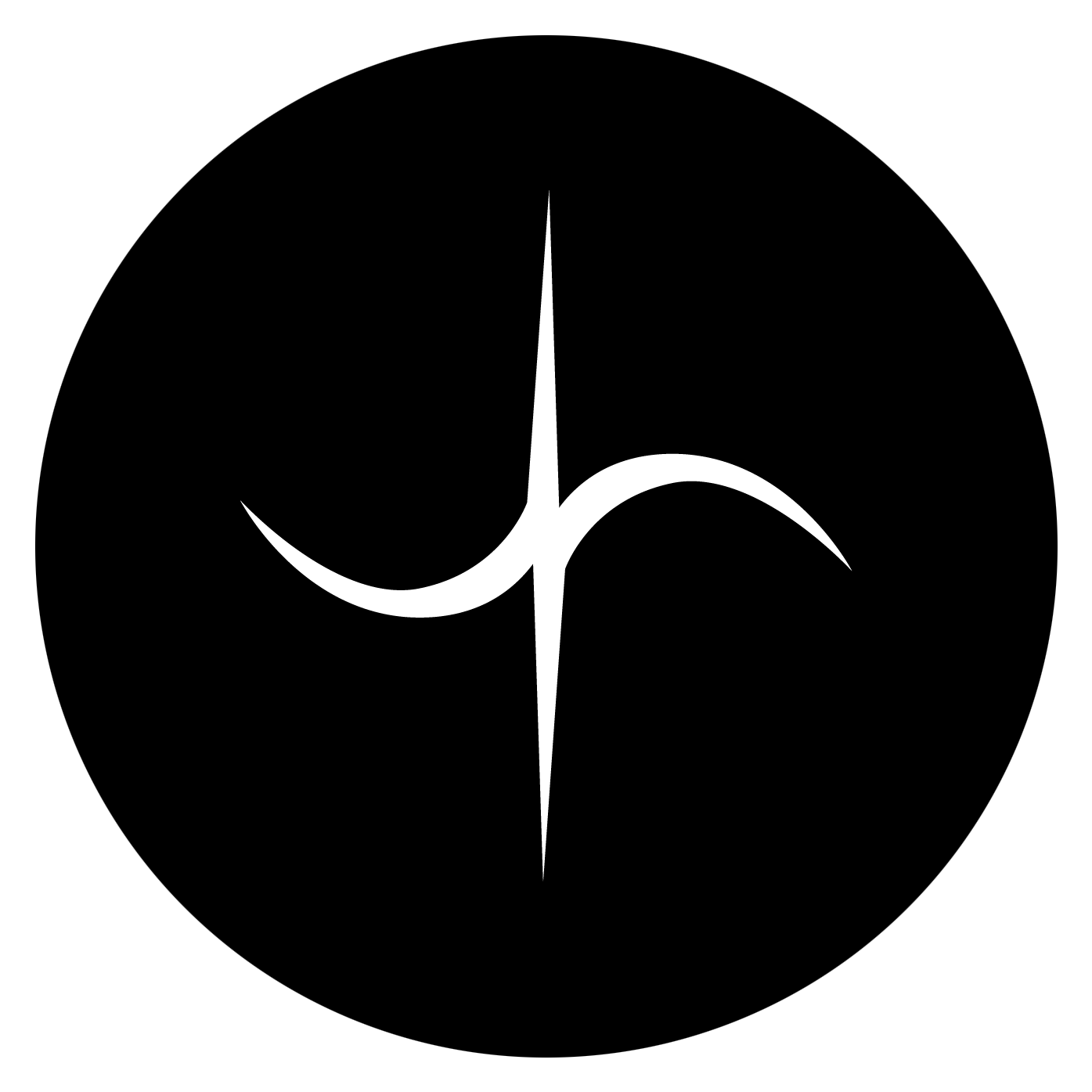Early in my career in art and design, the one question that used to bother me a lot is ‘How exactly do I appreciate art?’ and connecting to this ‘Why do people tell a work is beautiful?’. I soon realised the answer to this was multiple: everything from the thought, the message, the subjective meaning, the story, the artist’s life and then the visual principles like arrangement of the elements, composition, lighting and more. The more I ventured into this, the more I was “analysing” a work of art, rather than “enjoying” or “feeling” it. And from this came a question which is highly subjective “how can I appreciate beauty viscerally”. To answer this, I have found 5 methods (none of which are new) that worked for me very well and border on spirituality and psychology. These methods have helped me appreciate the beauty in anything at a deeper level. These are really subjective and I feel following them would be easier for the so-called right-brain-dominant folks than the left-brain-dominant, but my experience tells that this could change over the years.
Ok so here we go:
Reading without words
Try looking at a painting and try understanding it — only one condition though- you shouldn’t use words (spoken or in your mind). Observe the feeling that you have with each part of the image. Don’t worry whether what you feel is right or wrong. Believe whatever you feel is correct.This method is similar to enjoying instrumental music where you don’t really use words to define what each part of the music feels but rather enjoy it.
The Beginner’s Eye
Deriving from Buddhism, this method is rather straightforward. View an object as if you are viewing it for the first time in your life.When we see something new and different, we suddenly have a spike of interest. But then our brain starts to analyse it and the initial spike is flattened out. To retain this initial interest or feeling, keep viewing it as if you are viewing it for the first time in your life. It would also be interesting to look at it as if you were viewing it from the eye of a newborn baby who knows nothing about the world.
Synaesthetic absorption
Synesthesia is a neurological condition in which information meant to stimulate one of your senses stimulates several of your senses. For eg. to see music or to taste visual forms.Although not everyone might be synaesthetic, in this method we try to listen to “images”. Take an image and think of the first song or music that you can associate with it. It might take some time, but the important point is to believe that whatever song/music you associate with is correct. Now try to remember what that song or music made you feel when you listened to it.
The Something Exists
This method is a little harder and requires deeper contemplation. For this method to work, think of the question:
“Why does something exist and not nothing?”Contemplate on why there is something at all in this universe and why it is not nothingness? The more you dive deep, the more you understand the feeling associated with “something existing”. And this feeling can be transferred to images and more. Existence is a larger philosophical and spiritual question, but here focus on the feeling that comes with contemplation of the question.
Being
Finally, just be with an image. Just look at it and without thinking much just keep looking at it. For 5–10 minutes or more. This is different from the first method in the fact that here you do not do anything (no reading, no analysis) but simply keep looking at it. You would be surprised at what insights will come to you after some time.
These methods require a bit of practice before you get the gist of it. These methods are not only applicable to the arts but anything in life really.
And while practicing this over the course of time, if you ever enter a stage where you see beauty in everything, do drop me a word
